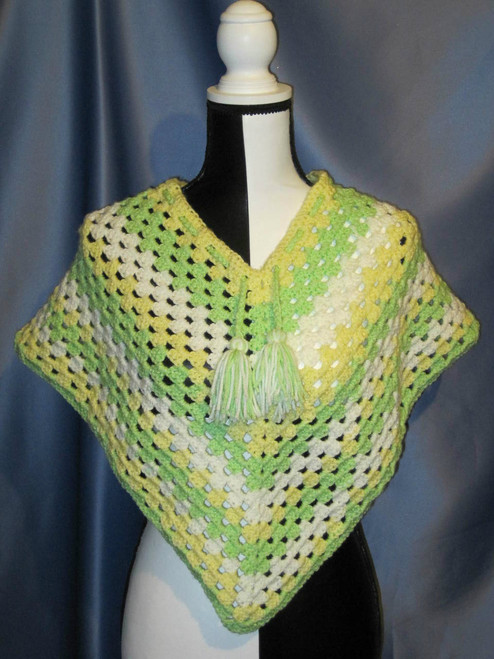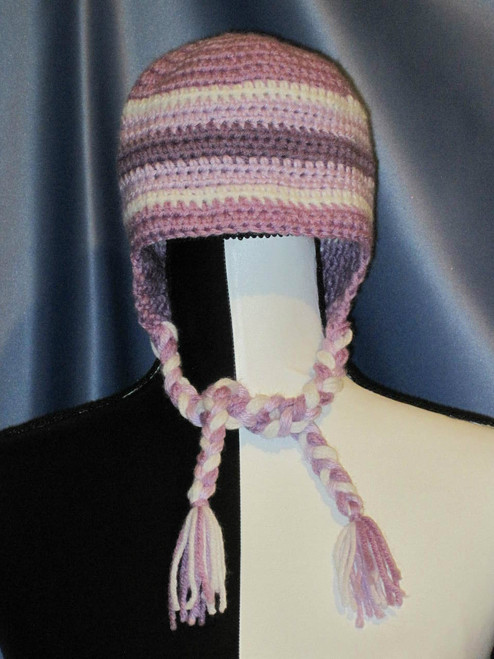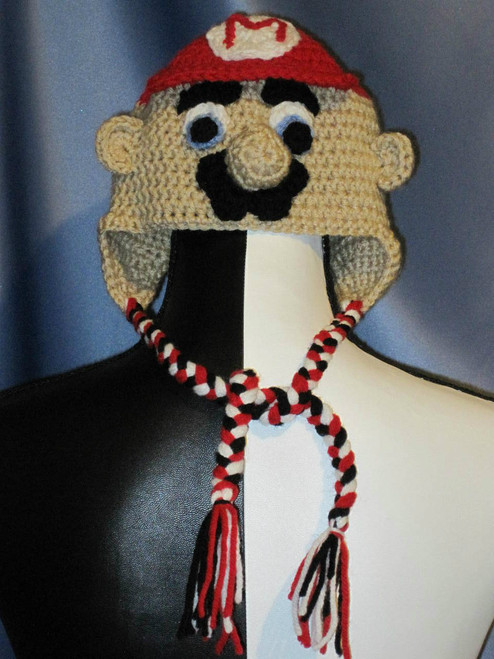-

-

-

-

Mumsie of Stratford
Striped Hat with Braided Tie Strings in Yellow Crocheted by Mumsie of Stratford.
$12.00 -

Mumsie of Stratford
Starburst Designed Shawl in Cranberry Ombre Crocheted by Mumsie of Stratford.
$55.00 -

-

Mumsie of Stratford
Striped Hat with Braided Tie Strings in Light Blues Crocheted by Mumsie of Stratford.
$12.00 -

Mumsie of Stratford
Starburst Designed Shawl in Purple Ombre Crocheted by Mumsie of Stratford.
$55.00 -

-

-
Mumsie of Stratford
Granny Stitch Poncho in Light Green and Yellow Crocheted (Toddler) by Mumsie of Stratford.
$30.00 -
Mumsie of Stratford
Striped Hat with Braided Tie Strings in Light Pinks Crocheted by Mumsie of Stratford.
$11.50 -
Mumsie of Stratford
Striped Hat with Braided Tie Strings in Light Purples Crocheted by Mumsie of Stratford.
$16.00 -
-
Mumsie of Stratford
Arbor Designed Shawl in Yellows and Greys Crocheted by Mumsie of Stratford.
$50.00 -

-
-
Mumsie of Stratford
Granny Square Poncho in Petal Pink(Toddler) Crocheted by Mumsie of Stratford.
$35.00 -
-
Mumsie of Stratford
Cloister Shell Shawl in Multi-color Oranges Crocheted by Mumsie of Stratford.
$50.00
Crafts
Craft or trade is a pastime or a profession that requires particular skills and knowledge of skilled work. In a historical sense, particularly the Middle Ages and earlier, the term is usually applied to people occupied in small-scale production of goods, or their maintenance, for example by tinkers. The traditional terms craftsman and craftswoman are nowadays often replaced by artisan and rarely by craftsperson (craftspeople).
The beginning of crafts in areas like the Ottoman Empire involved the governing bodies requiring members of the city who were skilled at creating goods to open shops in the center of town. These people slowly stopped acting as subsistence farmers (who created goods in their own homes to trade with neighbors) and began to represent what we think of a "craftsman" today.
Historically, craftsmen tended to concentrate in urban centers and formed guilds. The skill required by their professions and the need to be permanently involved in the exchange of goods also demanded a generally higher level of education, and craftsmen were usually in a more privileged position than the peasantry in societal hierarchy. The households of craftsmen were not as self-sufficient as those of people engaged in agricultural work and therefore had to rely on the exchange of goods.
Once an apprentice of a craft had finished his apprenticeship, he would become a journeyman searching for a place to set up his own shop and make a living. After he set up his own shop, he could then call himself a master of his craft.
This system of a stepwise approach to mastery of a craft, which includes the obtainment of a certain amount of education and the learning of skills, has survived in some countries of the world until today. But crafts have undergone deep structural changes during and since the end of the Industrial Revolution. The mass production of goods by large-scale industry has limited crafts to market segments in which industry's modes of functioning or its mass-produced goods would not or cannot satisfy the preferences of potential buyers. Moreover, as an outcome of these changes, craftspeople today increasingly make use of semi-finished components or materials and adapt these to their customers' requirements or demands and, if necessary, to the environments of their customers. Thus, they participate in a certain division of labour between industry and craft.









